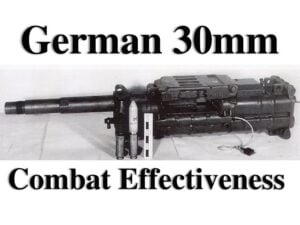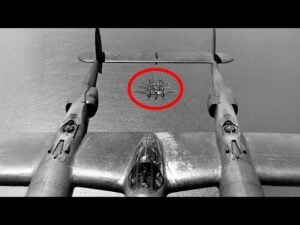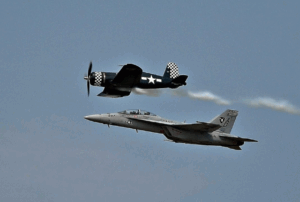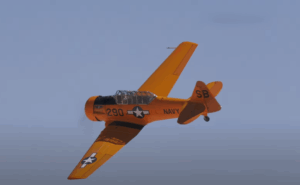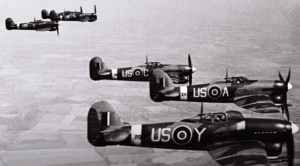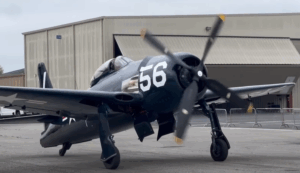Everything You Should Know About Britain’s Bargain-Bin Emergency Spitfire

YouTube / IHYLS
The Miles M.20 is a British all-wood lightweight fighter and interceptor during WWII. Here’s everything that you need to know about Britain’s emergency Spitfire:
1. Miles Aircraft wanted to make a cheap, easy-to-produce fighter that would mostly use the parts of other Miles designs
The initial design, the M.21, essentially looked like a Miles Master. It kept its inverted gull wings and inline liquid cold engine, but used a slightly stronger inline liquid cold engine. The canopy and tail were also modified to be more aerodynamic.
2. While the design was initially rejected as there was no purpose for the plane, as the war progressed, it was developed to be a backup plan
In case Germany takes down vital Spitfire and Hurricane factories, Britain needed a plane it could quickly and easily make.
3. The design would be an all-wood construction with fixed landing gear and no hydraulics
This was intended to help save vital resources. Like lightweight metal alloys, it would save time and space on the frame, and it would save the limited hydraulics for a more advanced and more important aircraft.
4. Powering the plane would be a Rolls-Royce Merlin with a 1,260 hp
To make production faster and easier, the engine and its cooling system were contained in a so-called power egg, an arrangement usually seen on larger bombers that condensed all necessary engine components to a singular unit.
5. By early 1941, the need for this emergency Spitfire had faded
The immediate threat of a German invasion of Britain was gone, and Britain had managed to space out, hide, and solidify their production lines. With them not suffering production issues for the Spitfire, there wasn’t a need for this blatantly inferior fighter anymore.














